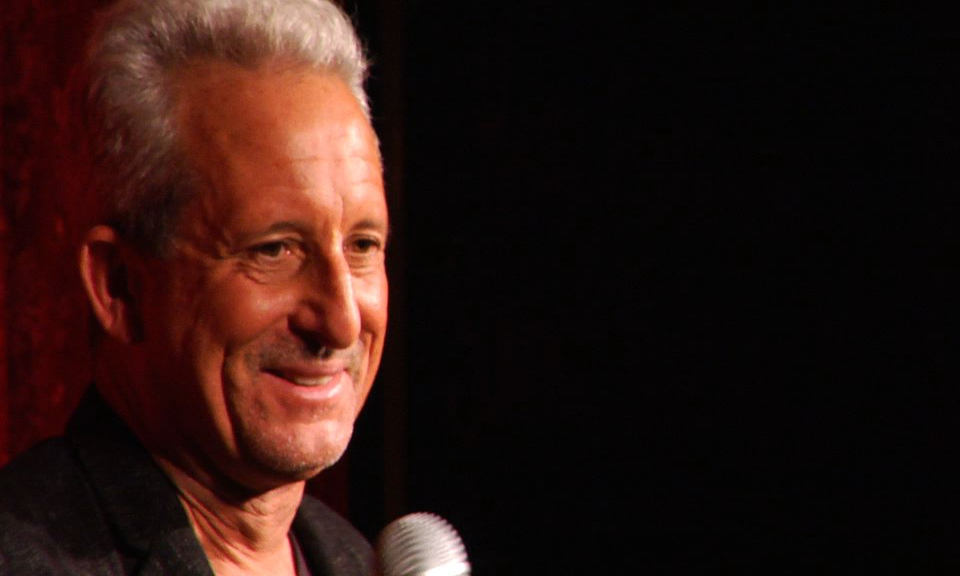The History of Comedy,
Introducing Why Not Bobby? …
 There have been a few confluences of genius throughout history: the Golden Age of Greece, the Italian Renaissance, and San Francisco’s stand-up comedy scene of the mid-1970s. At that time, San Francisco was a counter-cultural comedy breeding ground, the center of which was the Holy City Zoo. This working-class neighborhood bar, reborn as a comedy club, was where the comics we know and love today “learned to fail.” How this came to be is a story in itself.
There have been a few confluences of genius throughout history: the Golden Age of Greece, the Italian Renaissance, and San Francisco’s stand-up comedy scene of the mid-1970s. At that time, San Francisco was a counter-cultural comedy breeding ground, the center of which was the Holy City Zoo. This working-class neighborhood bar, reborn as a comedy club, was where the comics we know and love today “learned to fail.” How this came to be is a story in itself.
*~*~* shimmer shimmer shimmer *~*~*
In post-World War II America, working comics cut their teeth in strip clubs, dive bars, and Elks Club smokers. These men — such as Don Rickles, Rodney Dangerfield, and Shecky Greene — had to learn not to fail very quickly. It was a tough business. “Tough, I tell ya,” as Rodney would have said.
In the 1950s and early ’60s, stand-up finally got some respect, with two clubs in San Francisco leading the way. The Purple Onion launched such stand-up legends as Lenny Bruce, Phyllis Diller, Bob Newhart, and the Smothers Brothers, while the hungry i birthed the careers of Mort Sahl, Godfrey Cambridge, and Woody Allen. While the business was still tough, audiences no longer threw bottles or punches… as often.
Starting around 1976, the place to fail became the Holy City Zoo, a tiny bar that could fit 40–60 people, all uncomfortably. This young, raucous crowd wanted comics their own age who, like their music, were smart, snarky, and filled with attitude. The Zoo was one of the first clubs to have a sign-up sheet for time on stage. Soon, everyone was coming to the club to showcase their first (and in some cases, their last) five minutes. The next generation of comics to break out nationally — Robin Williams, Dana Carvey, Paula Poundstone, and Bobcat Goldthwait — came out of this hothouse of humor.
Emanating from this creative epicenter, sending tremors of laughter through the entire Bay Area (and later all of America), was the Pitbull of Comedy — Bobby Slayton. He grabbed the mic at the Holy City Zoo and never gave it back. He still has it, in a closet.
After the national success of his friends Mork and the Church Lady, the Pitbull became the pack leader of San Francisco’s comedy scene. While Robin and Dana rocked the large and small screens, Bobby rolled across the club circuit, becoming the best stand-up comic of his generation. Headlining for over 35 years, he is regarded, even in the take-no-prisoners world of stand-up comedy, as the Comic’s Comic.
Why Not Bobby? producer David Castro was there with Slayton from the beginning. One night at the Zoo, Castro took the stage for the first time to some laughs, some groans, and some silence, like most other first-timers. Slayton, a veteran of precisely five more minutes of stage time, draped an arm around David’s shoulders, and said, “You have great material… you shouldn’t be doing it.”
From that initial Pitbull bite, a friendship and two careers were born. That night, Bobby used his food money for the week and bought $15 worth of jokes from Castro’s index cards. Twelve hours later, against the better judgment of everyone ever in Show Business, David quit his day job. After all, he’d just made an easy 15 bucks.
*~*~* shimmer shimmer shimmer *~*~*
Thirty-six Super Bowls later, Slayton is still headlining 40 weeks a year and Castro is still writing. They’re still friends.
The Pitbull used that time to hone his craft and make a name for himself. Yet despite appearing in big movies with big stars and big directors and despite playing every city in America with an airport and an Applebee’s, the Comic’s Comic — as great as he is on stage, as respected as he is by his peers, and as beloved as he is by his audience — has yet to become America’s Comic. And that right there, folks, is the reason, the overriding premise, and the basic idea behind Why Not Bobby?